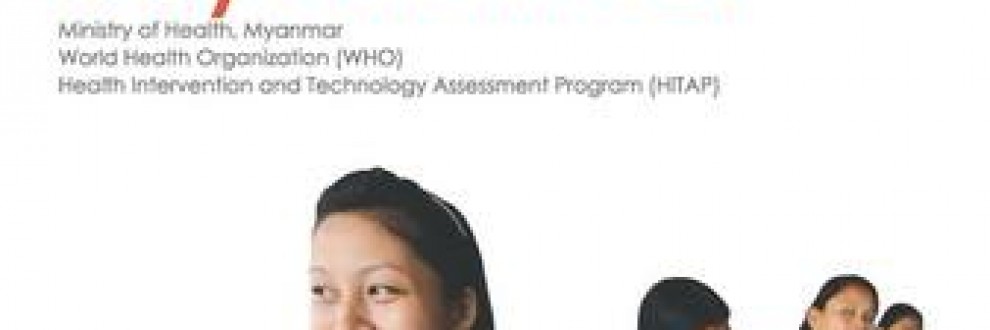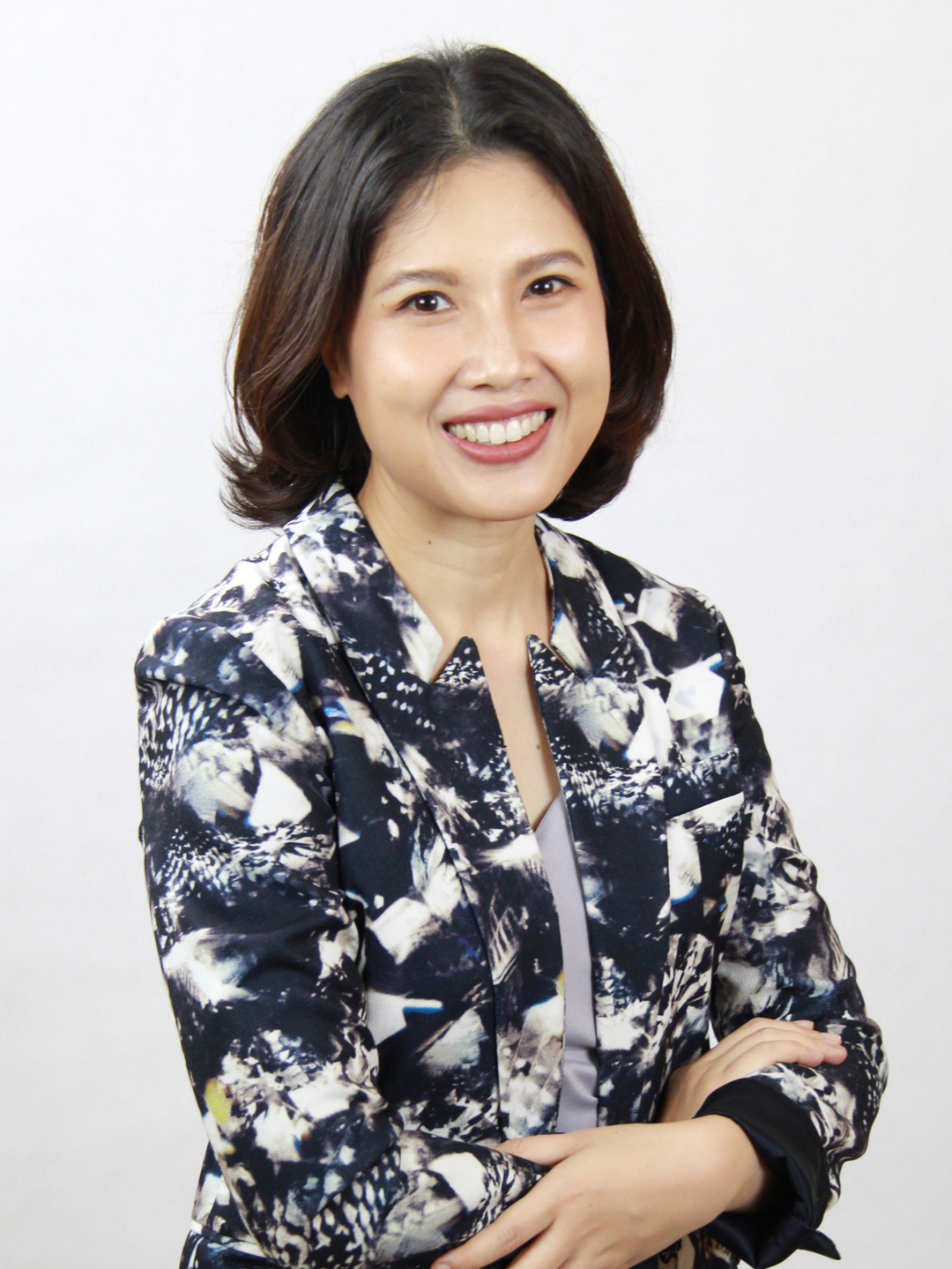This website uses cookies so that we can provide you with the best user experience possible. Cookie information is stored in your browser and performs functions such as recognising you when you return to our website and helping our team to understand which sections of the website you find most interesting and useful.
Feasibility study of the Community Health Initiative for Maternal and Child Health in Myanmar
Project Code
210-302-2553
Research team
Researchers
Co - Researcher
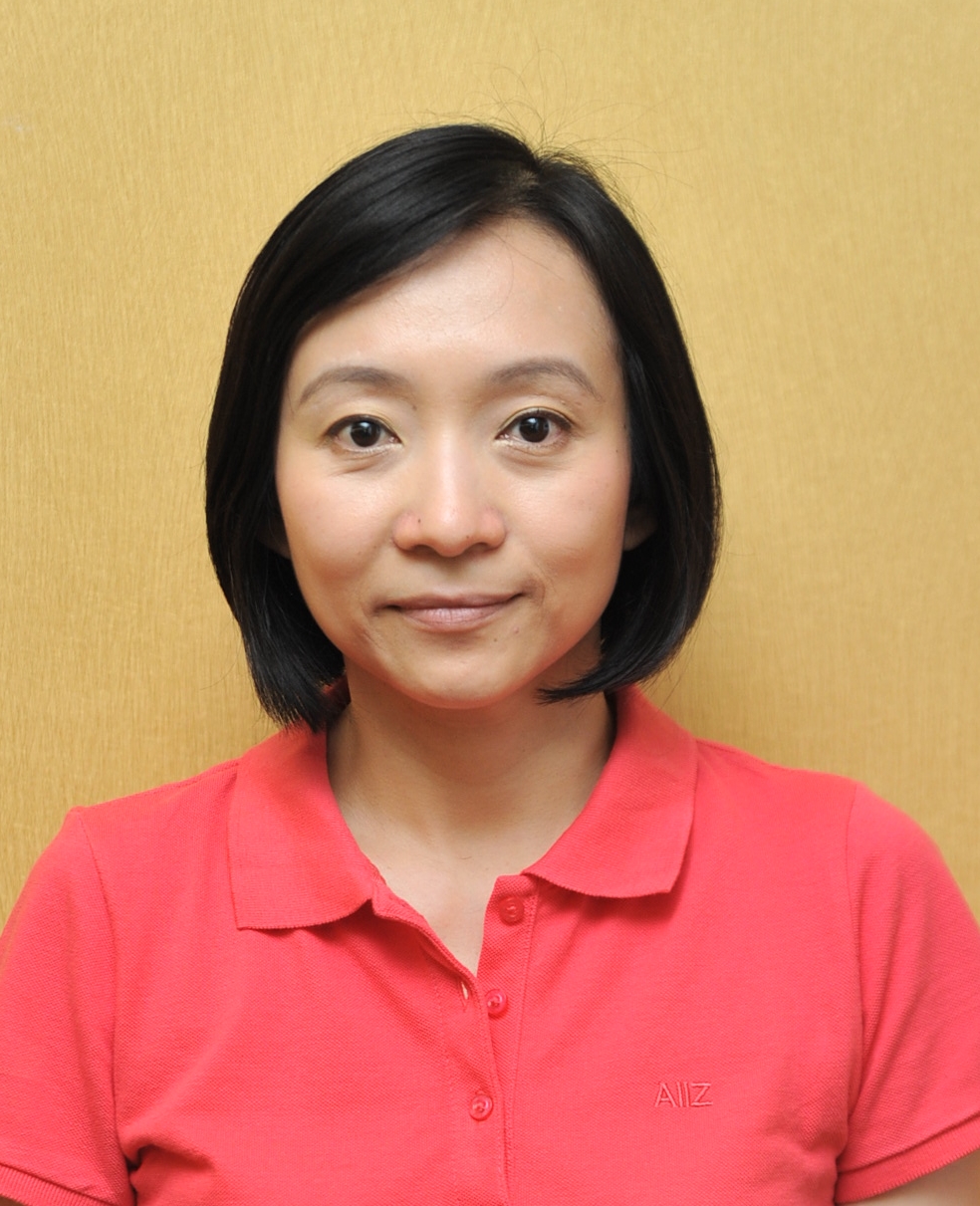
Kanlaya Teerawattananon, M.D.
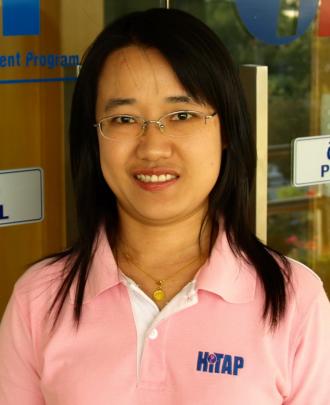
Juntana Pattanaphesaj, PhD.
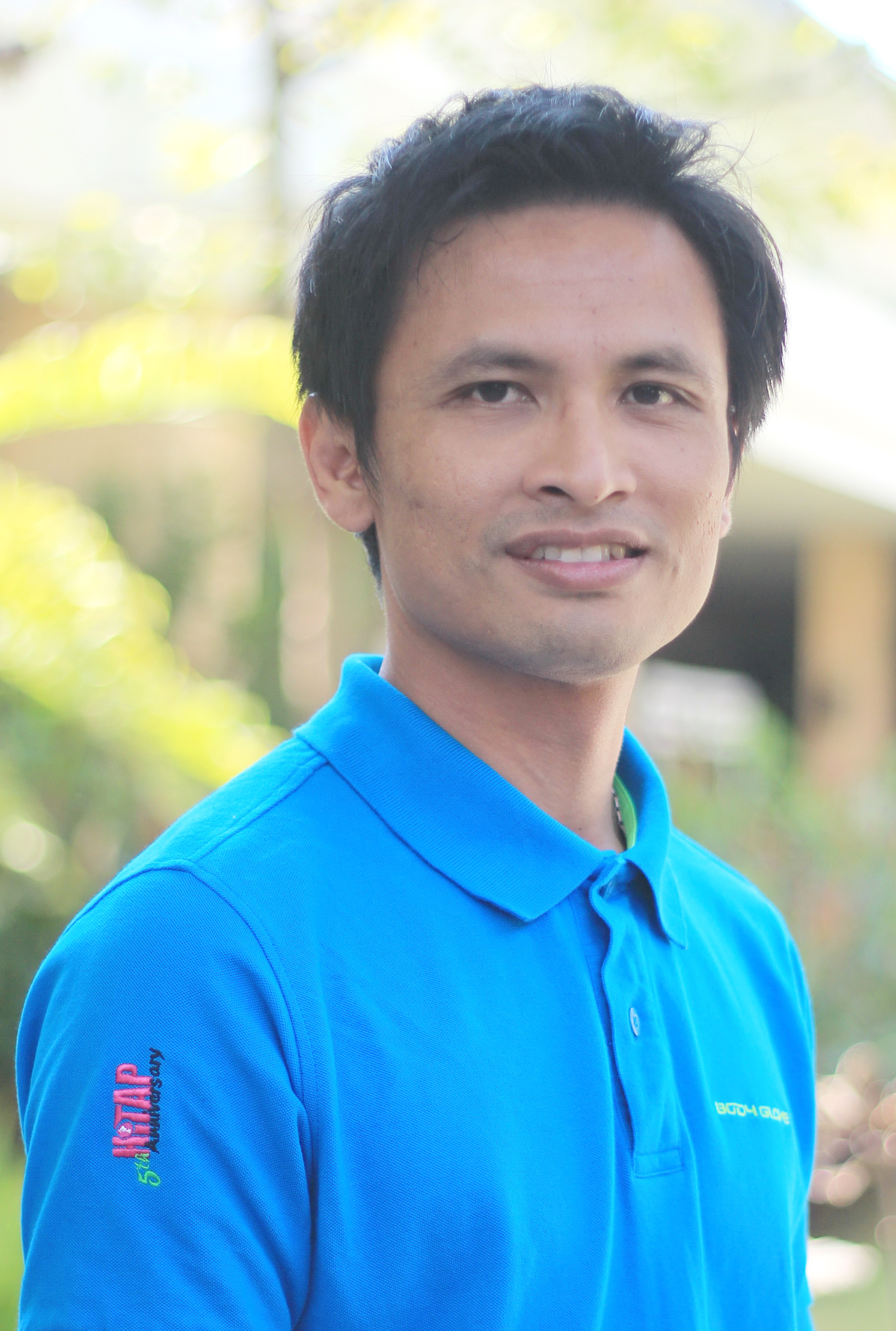
Teera Sirisamutr, B.Sc. (Public health), M.Sc.(Public health)
Project Details
Start: 8 October 2014
End: 8 October 2014
Project Status
Completed - 100%
Viewer: 3493
Publish date3 December 2012 11:19
Project Summary
The Union of Myanmar is the largest country in mainland South-East Asia with a population of 57.5 million. It has a pluralistic mix of public and private healthcare systems. Although the Ministry of Health (MoH) is the main organisation responsible for healthcare provision, 70-80% of health service expenditure is now absorbed by the households. This prompts the need to develop a stronger health financing system that reduces the portion of out-of-pocket expenses and, at the same time, improves accessibility to health services among the population. One of underutilised essential health services is that of maternal and child health (MCH). This results in high infant and maternal mortality in the country with rates of 59.7 and 2.55 per 1,000 live births, respectively.
This collaboration project between the Health Intervention and Technology Assessment Program (HITAP) in collaboration with Myanmar’s MoH officers, and experts from the World Health Organization (WHO), Myanmar and the South-East Asian Region Office (SEARO). These parties jointly conducted a feasibility study concerning new health financing options with the goal to improve MCH services. This feasibility study was carried out during the period May 11-14, 2010 and its results will contribute to the 4-year research and development initiative funded by the Global Alliance for Vaccines and Immunization (GAVI), Health System Strengthening (HSS) for Myanmar.



